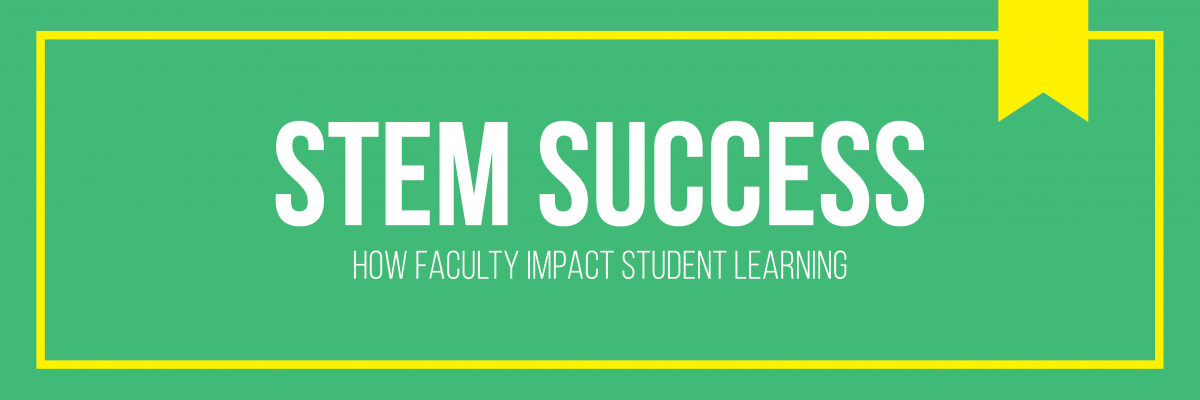Metacognition is one of the most underly estimated topics when talking about teaching methods. Not only that, but it is one of the answers to help high school teachers and professors throughout the courses they teach. First off, what even is metacognition? Metacognition involves having awareness and understanding of our own thoughts. In other words, you are thinking about thinking. This important topic is substantial due to multiple reasonings that will be further discussed.
The use of metacognition can be useful for students trying to grasp an understanding of their course. In one of the articles I found, Metacognition – Cultivating Reflection to Help Students Become Self-Directed Learners, it talks about how “students need explicit training to practice reflection and metacognition”. This introduction tries to make it known that metacognition accomplishes the stimulation of the mind which aides in student’s success in their learning. Not letting students know what metacognition is and how it can help them in their course, will ultimately be a waste of time. When teachers and professors teach what metacognition is throughout the course that they are teaching, they are helping students to use the method for success. The same article also explains how reflecting is important for success. Reflecting is better when it is brought up and done in groups and socializing is involved. It is important to note that when practicing metacognition, communication is needed for everlasting results.
The second article I found called, Using Metacognition to Promote Learning, expressed the importance and key points involving metacognition in the classroom. The extensive article talks about what metacognition means because it can be confusing. It stands for “cognition about cognition” or “thinking about thinking”. It is important to know and let our students know the technique we are introducing so they can use it properly and correctly. Something’s that I believe were crucial in this article was how “students must not only hear explanations of metacognitive skills, but they must also observe them” (pg 1). This is an important matter since we cannot expect students to know the act of metacognition and how to use it without implementing it. This leads to students using it in real life settings and then after they reflect on what they have done.
Both informative articles include the importance of metacognition and what it means. They talk about how to make metacognition effective for students, we must tell them how to implement it as well as show them, so they have a model to observe. The first article was involved with reflecting as much as the topic of metacognition. It made it known that reflecting has better results when worked in groups so there is more of an open conversation and students can share and learn from others. The second article focused more on what metacognition is and how it can be used in a classroom setting. Both articles make it clear that metacognition is a very crucial point for success in student studies. When you think about your thinking, you are learning and obtaining more information that helps you really grasp whatever you are learning. This is a great tool for students as well as teachers and should be discussed more between staff and students.



